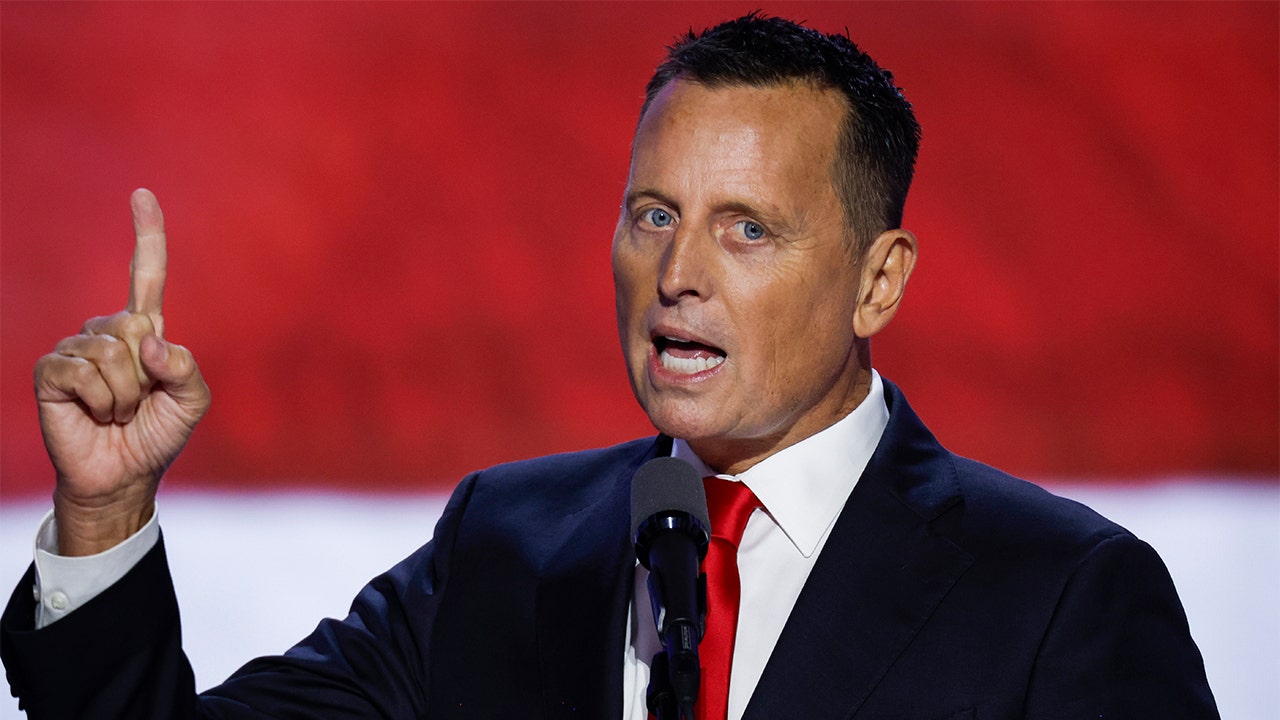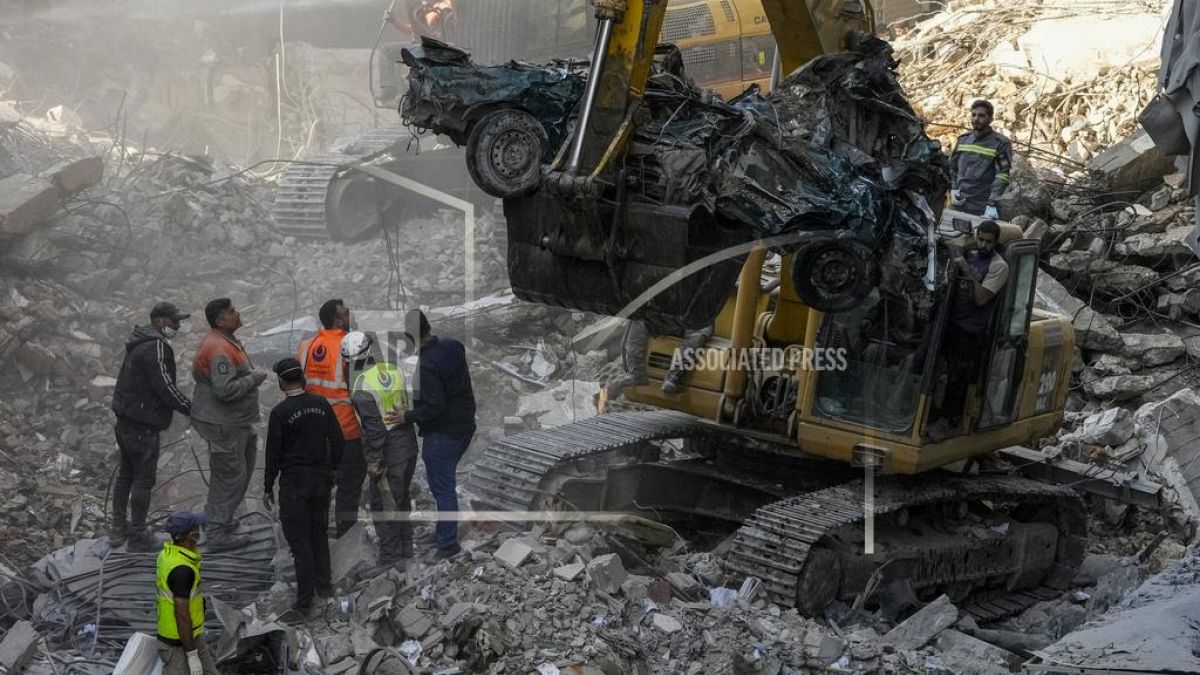The search for missing Hawaii woman Hannah Kobayashi continued on Friday as her distraught family scoured Los Angeles for clues that could lead to her being found.
Kobayashi, 30, vanished after she missed a connecting flight between her home in Maui and New York where she was due to visit an aunt.
The missing woman landed in Los Angeles and was seen leaving LAX Airport and heading downtown on November 8.
Her family say they received cryptic messages from her before she stopped contacting them altogether – behavior they describe as highly unusual.
The family are frustrated with the pace of the official police investigation.
They say the LAPD didn’t contact them for 10 days after they initially reported her missing, and that they are the ones having to drive the search.
Their desperation has driven them to Hollywood mediums and internet web sleuth groups.
Last night, the family passed out flyers at a L.A. Lakers Game.
November 8
Now, Hannah’s sister Sydni is sharing a list of every sighting they have on record.
Kobayashi landed at LAX airport at 9:53pm and was seen on airport surveillance footage disembarking the aircraft.
She was due to take a connecting flight at 11pm, however she never made it.

Missing Hawaii woman Hannah Kobayashi’s sister has shared details of every last known sighting as her family continue their agonizing search
She called her aunt Geordan Montalvo to explain she had missed the connection and promised to meet her in New York.
She is then believed to have stayed the night at the airport before being spotted at various locations across LA.
November 9
Kobayashi was spotted at The Grove shopping mall between midday and 3pm.
She spent a considerable amount of time at Taschen Books, where she stopped to charge her phone.
At 2:43 she snapped a picture and sent it to her aunt, before returning to the airport where she is believed to have spent the night.
From there, she once again called Montalvo to tell her she was still trying to get to New York.
November 10
On Sunday, two days after she landed, Kobayashi went back to The Grove.
She appeared in the background of a video outside a Nike event featuring LeBron James at 3:30pm
Kobayashi also shared a post on her Instagram from the event with an eye emoji as the caption.
She was next spotted talking to a ticketing agent at LAX at around 5pm.

Kobayashi, 30, vanished during a layover in Los Angeles while traveling from her home in Maui to New York and was spotted getting off her flight at LAX

In a YouTube video, Hannah was seen in the background at an event in The Grove bookstore for Lakers player Lebron James

Her final post was shared on November 11. It is understood she was attending an event in Los Angeles at the time
A missing-persons report was filed by her family the same day amid what they described as uncharacteristic correspondence from Kobayashi.
One of the messages reportedly said: ‘Deep Hackers wiped my identity, stole all of my funds, & have had me on a mind f**k since Friday.’
Kobayashi’s mother, Brandi Yee, also reported sending her a text message asking if she made it to New York.
She responded simply: ‘Not yet.’ Another early-morning text mentioned how she was in the midst of a ‘spiritual awakening.’
On a missing-persons poster sent out immediately after, police wrote: ‘Prior to going missing, [Kobayashi] sent a message on November 10, mentioning feeling scared, and that someone might be trying to steal her money and identity. She hasn’t been hard from since.’
November 11
The next day, Kobayashi was spotted boarding an LAX Metro C line at Aviation/Century Station.
She got on board at 9:02pm, before transferring to a different train at the Rosa Parks Station.
Sydni said that it has been confirmed her sister was accompanied by someone for the duration of the journey.

Kobayashi made several trips to The Grove shopping mall, including to this book store the say after she landed

The missing woman’s family have taken matters into their own hands and have been handing out flyers in the area where Kobayashi was last seen
Kobayashi was finally seen leaving the Metro Pico Station with the unidentified person at 10:03pm.
Latest update
As of Thursday, the LAPD was yet to declare that Kobayashi has been abducted.
The investigation is still being treated as a missing-persons case, a spokesperson confirmed.
DailyMail.com revealed yesterday that detectives waited ten days before contacting the family for an interview.
Sydni also slammed the lack of action and revealed her relatives were appealing to psychic mediums for help.
In an interview with CNN on Tuesday, her aunt Larie Pidgeon said they are now fearing the worst.
‘Our mind is now going to, you know, abduction and, I hate to say the word, but, you know, trafficked,’ she said.

They held a rally before the Lakers game Thursday afternoon, just a block from the station where Kobayashi was last seen

Kobayashi was last seen in the company of an unidentified person but has not been declared as abducted by police
‘We’re doing the best that we can, but the family at this point is having to come to the reality that those things could be a possibility.’
The LAPD, meanwhile, is still spearheading the probe, but is now being aided by the FBI, field office agents in the city told KHON Honolulu Wednesday.
Statements given to the station by Pidgeon appeared to indicate Kobayashi is still with the person in the footage, whom has yet to be physically described.
‘She’s not alone, she’s with an unidentified person,’ said Pidgeon. ‘And she also got off and at a, at a station that is,’ she continued, before trailing off.
‘It’s not good and it terrified us, it brought her father to tears,’ she concluded.
She and others attended held a rally to pass out fliers before the Lakers game Thursday afternoon, just a block from the station where Kobayashi was last seen.
Prior to her disappearance, a friend of Kobayashi’s said she received bizarre messages talking about being scammed.
‘I got tricked pretty much into giving away all my funds. For someone I thought I loved,’ the messages read.

They were seen at Metro Pico Station on November 11, before Kobayashi’s phone was switched off

Kobayashi, a photographer, is a resident of Haiku in Maui. She had been on her way to New York to photograph a DJ when she suddenly vanished
The family also noted that the young artist’s phone has been off since November 11.
‘She texted her that she was scared and that she couldn’t come back home or something. It was just really weird texts,’ Sydni said.
She added that the messages ‘did not sound like her’ and wonders if it was Hannah who sent them.
Kobayashi was on the same flight as her ex-boyfriend as the two had booked the trip before breaking up.
However, they did not sit together during the journey and he has since been aiding police with the search.















/cdn.vox-cdn.com/uploads/chorus_asset/file/25751312/2024_CH_Pacifica_Gas_Gallery_Img3_Desktop1.jpg.image.1440.png)














/cdn.vox-cdn.com/uploads/chorus_asset/file/25739950/247386_Elon_Musk_Open_AI_CVirginia.jpg)



